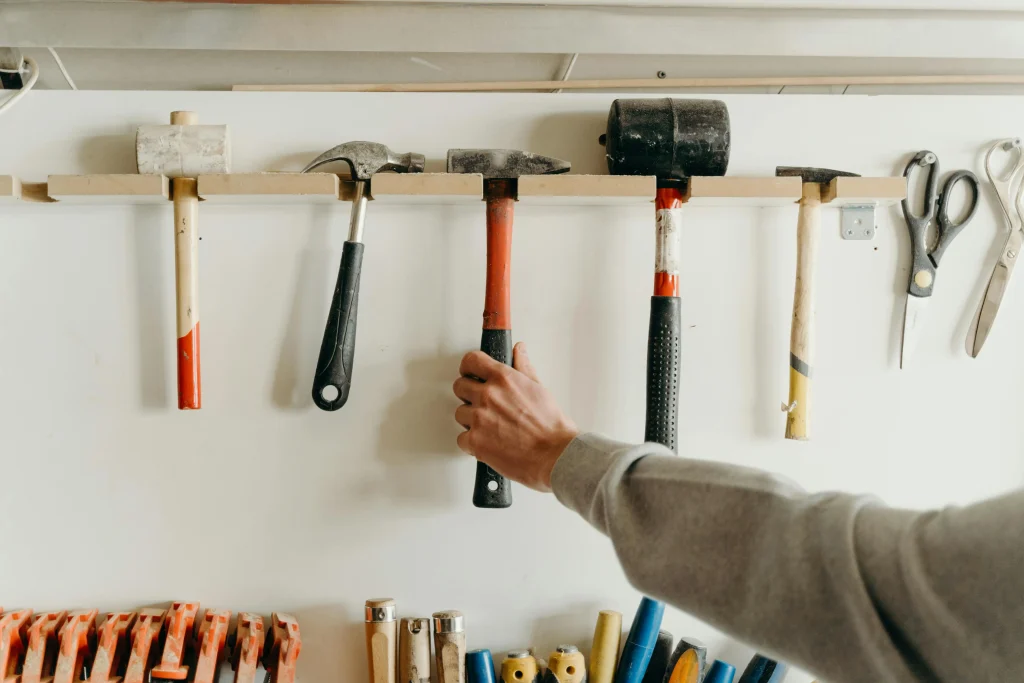Hey there, ever wondered how tough joinery really is? Whether you’re a DIY enthusiast or just curious about the craft, understanding the ins and outs of joinery is essential. Joinery is more than just putting pieces of wood together – it’s an art that requires skill, precision, and a lot of patience. Let’s dive into the world of joinery and uncover why it can be a challenging yet rewarding endeavor.
Understanding Joinery Difficulty
What is Joinery?
Joinery, in its simplest form, is the process of connecting pieces of wood to create furniture, structures, or other wooden items. Think of it as the backbone of carpentry. From crafting intricate cabinets to building sturdy frameworks, joinery covers a broad spectrum of tasks. There are various types of joinery work, including dovetail joints, mortise and tenon joints, and tongue and groove joints. Each type requires a different set of skills and tools, making the journey into joinery a fascinating yet complex one.
Factors Affecting Joinery Difficulty
Skill Level Required
When it comes to joinery skills, there’s a clear distinction between basic and advanced techniques. Beginners often start with simple tasks like making a basic butt joint, which is essentially joining two pieces of wood at a right angle. Sounds easy, right? But as you delve deeper, you’ll encounter more intricate designs like dovetail joints, which require a keen eye for detail and a steady hand. The learning curve for joinery can be steep, but don’t let that deter you. With practice and patience, anyone can improve their proficiency in this craft.
Tools and Materials
The tools you use in joinery play a crucial role in determining the difficulty level. Essential tools include saws, chisels, planes, and measuring devices. Each tool requires a certain level of expertise to handle effectively. For instance, using a chisel might seem straightforward, but achieving the perfect cut takes practice. Additionally, the materials you choose can affect the complexity. Hardwood, while durable, can be more challenging to work with compared to softwood due to its density and grain structure.
Techniques and Precision
Precision is key in joinery. Imagine trying to fit a puzzle piece into the wrong slot – frustrating, right? The same goes for joinery techniques. Common joinery techniques like mortise and tenon or lap joints require precise measurements and cuts. Even a slight error can result in a weak joint or misaligned structure. The challenge lies in mastering these techniques to create seamless and sturdy connections.
Overcoming Joinery Challenges
Training and Practice
Ever heard the saying, “Practice makes perfect”? It’s especially true in joinery. Hands-on training is invaluable. Start with small, manageable projects to build your confidence and skills. Over time, you’ll find yourself tackling more complex tasks with ease. Practice not only hones your techniques but also helps you become familiar with your tools, making you more efficient and effective.
Tips for Beginners
If you’re just starting out, don’t rush into complex projects. Begin with simple joinery tasks like creating a basic frame or a small box. Plenty of resources—from online tutorials to woodworking classes—can guide you through the basics. And remember, every expert was once a beginner. Mistakes are part of the learning process, so embrace them and learn from them.
Professional vs. DIY Joinery
Deciding whether to tackle a joinery project yourself or hire a professional can be a tough call. DIY joinery can be incredibly rewarding, giving you a sense of accomplishment. However, it’s important to recognize when a project might be beyond your skill level. Professional joiners have the expertise and tools to handle complex tasks efficiently. If you’re working on a significant project, such as custom cabinetry or intricate furniture, hiring a professional might be the best option.
Wrapping Up the Joinery Journey
Joinery is undoubtedly a challenging craft, but it’s also incredibly fulfilling. The difficulty lies in the details – from mastering techniques to handling tools with precision. But don’t let that scare you away. With dedication and practice, you can develop the skills needed to tackle any joinery project.
Ready to advance your joinery skills?
Do you have a complex project that requires expert hands? Contact MGB Joinery for professional joinery services that guarantee quality and craftsmanship. Let’s build something amazing together!
Frequently Asked Questions
- What are the basic tools needed for starting joinery?
To start with joinery, you need basic tools such as a saw, chisel, plane, tape measure, square, and a workbench. As you advance, you might invest in more specialized tools.
- How long does it take to become proficient in joinery?
The time it takes to become proficient in joinery varies depending on the individual’s dedication, practice frequency, and complexity of projects undertaken. Typically, it can take several months to a few years to develop strong joinery skills.
- Can joinery be done without professional training?
Yes, joinery can be learned without formal training through online resources, books, and hands-on practice. However, professional training or apprenticeships can accelerate the learning process and provide valuable insights.
- What types of wood are best for beginners in joinery?
Softwoods like pine and cedar are generally easier for beginners to work with due to their softer nature and lower cost. These woods are forgiving of mistakes and easier to manipulate with hand tools.
- Are there any safety precautions I should take while doing joinery?
Absolutely, safety is crucial in joinery. Always wear protective gear such as safety glasses, hearing protection, and a dust mask. Keep your work area clean, use tools correctly, and never rush your work to avoid accidents.






